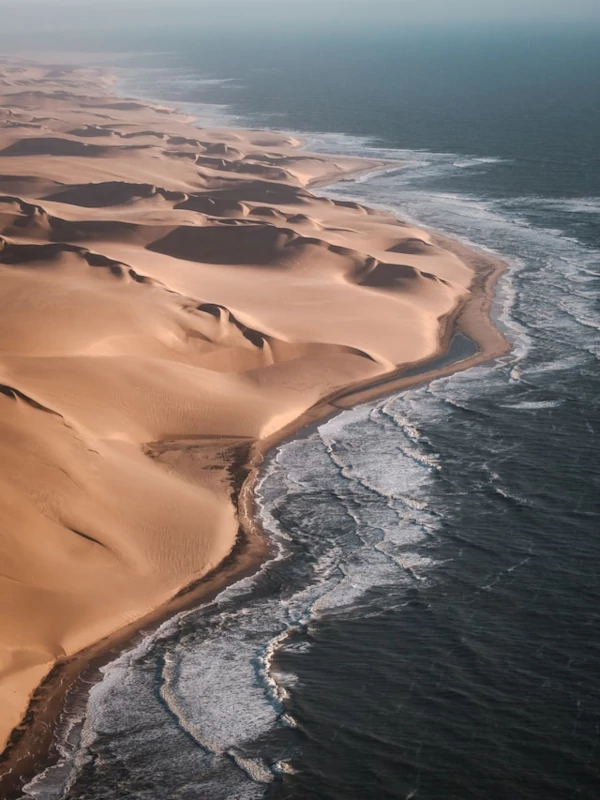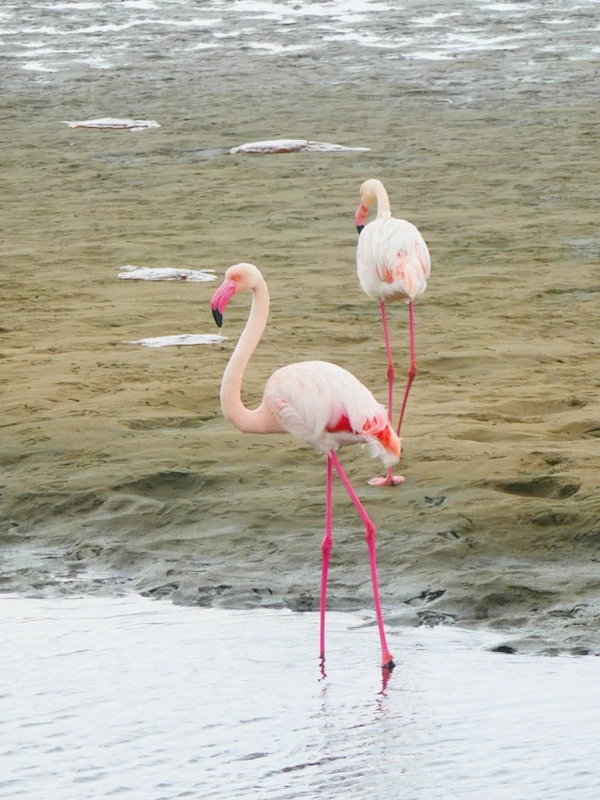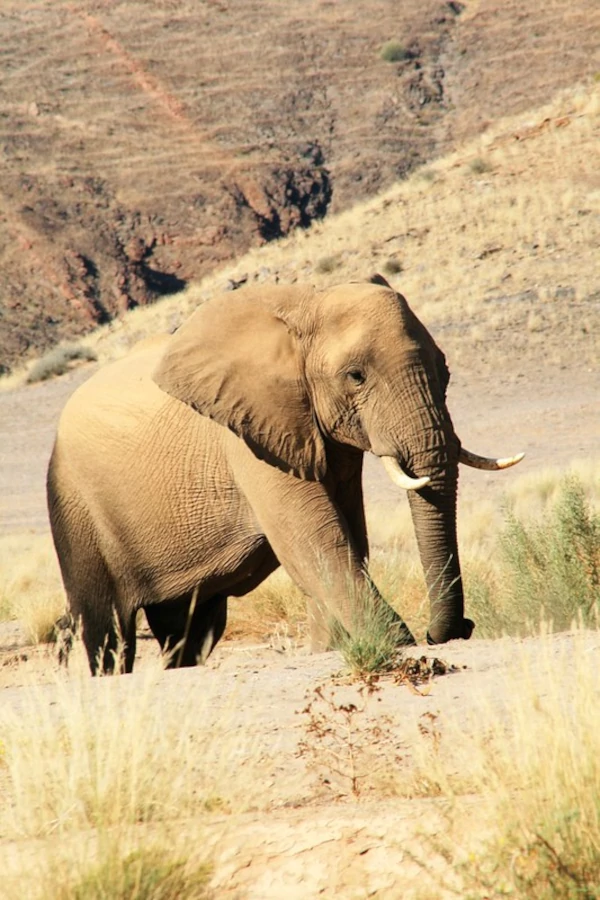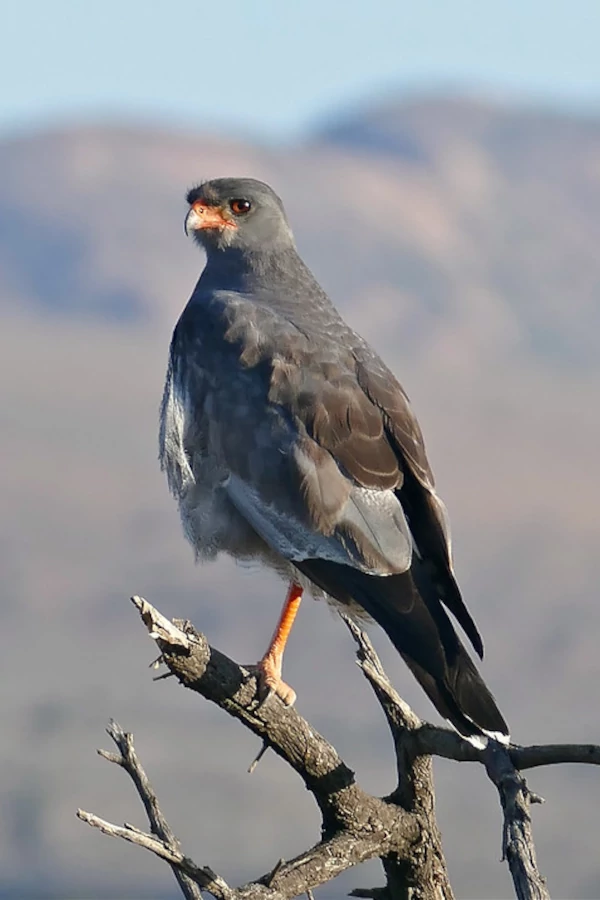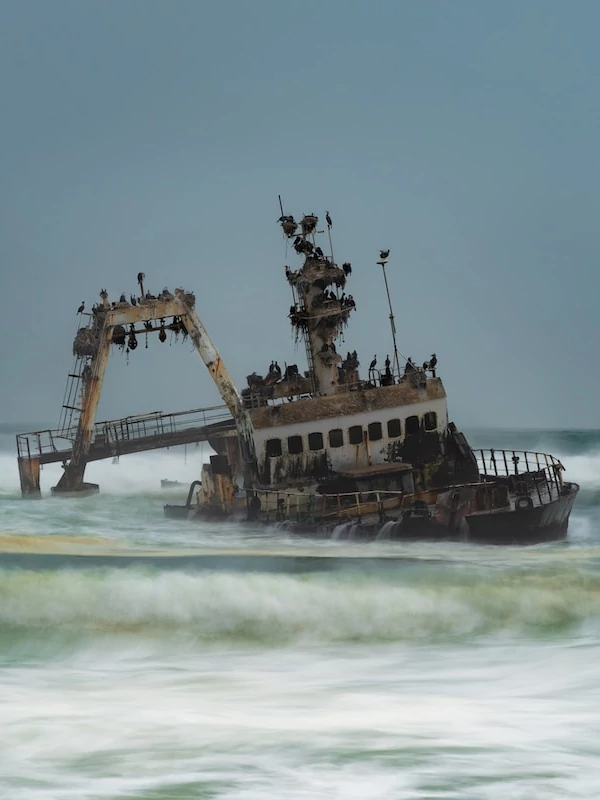The park's hauntingly beautiful terrain is a mesmerizing combination of towering sand dunes, craggy canyons, and wind-sculpted rock formations. A haven for desert-adapted wildlife, Skeleton Coast National Park is home to a diverse range of species adapted to the harsh desert environment. Elephants, oryx, springbok, lions and brown hyenas navigate the arid landscapes, showcasing nature's resilience in the face of challenging conditions. The park is also famous for its cape fur seal population.
There are two distinct regions within the national park. The northern and southern regions. The southern region is the only one where four-wheel-drive vehicles are permitted to travel and explore the region. You can drive freely until the Ugab river gate, where the national park starts and where a sign with a skull and crossbones warns you to go no further. You can only advance to the park with the necessary permit which can be purchased in Windhoek, Swakopmund or directly at the gate. With the permit you can continue advancing until Torra Bay where the northern region of the park starts.
The northern region can only be reached with a tour operator holding the concession and qualification. Flying is normally necessary to experience the northern region of the park, additionally, this is the area of the park where wildlife is most likely to be seen. The canyon and river landscapes, along with the taller dunes on the coast, make this northern part more picturesque.






